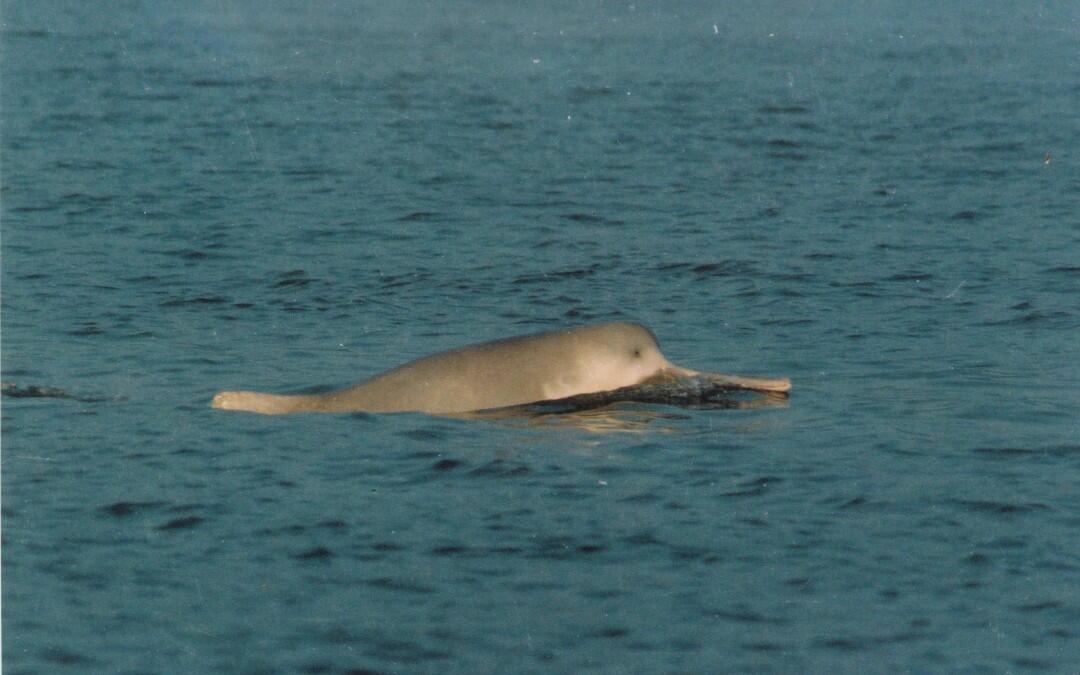The baiji is a freshwater dolphin found only in the Yangtze River in China. Nicknamed “Goddess of the Yangtze in China, the dolphin is also called Chinese river dolphin, Yangtze River dolphin, whitefin dolphin and Yangtze dolphin. It was regarded as the goddess of protection by local fishermen and boatmen in China. It is not to be confused with the Chinese white dolphin or the finless porpoise.
The baiji population declined drastically in decades as China industrialized and made heavy use of the river for fishing, transportation, and hydroelectricity. It has been credibly claimed, after surveys in the Yangtze River during the 1980s, that baiji could be the first dolphin species in history that humans have driven to extinction. A Conservation Action Plan for Cetaceans of the Yangtze River was approved by the Chinese Government in 2001. Efforts were made to conserve the species, but a late 2006 expedition failed to find any baiji in the river. Organizers declared the baiji functionally extinct. The Baiji represents the first documented global extinction of a “megafaunal” vertabrae for over 50 years since the demise of the Japanese sea lion and the Caribbean monk seal in the 1950s. It also signified the disappearance of an entire mammal family of river dolphins (Lipotidae). The Baiji’s extinction would be the first recorded extinction of a well-studied cetacean species (it is unclear if some previously extinct varieties were species or subspecies) to be directly attributable to human influence.
Swiss economist and CEO of the baiji.org Foundation, August Pfluger funded the expedition, in which an international team, taken in part from the National Oceanic and Atmospheric Administration and the Fisheries Research Agency in Japan, searched for six weeks for signs of the dolphin. The search took place almost a decade after the last exploration in 1997, which turned up only 13 of the cetaceans.
In August 2007, a Chinese man reportedly videotaped a large white animal swimming in the Yangtze. Although it was tentatively confirmed that the animal on the video is probably a baiji, the presence of only one or a few animals, particularly of advanced age, is not enough to save a functionally extinct species from true extinction. The last known living baiji was Qiqi, who died in 2002. The World Wildlife Fund is calling for the preservation of any possible baiji habitat, in case the species is located and can be revived.












